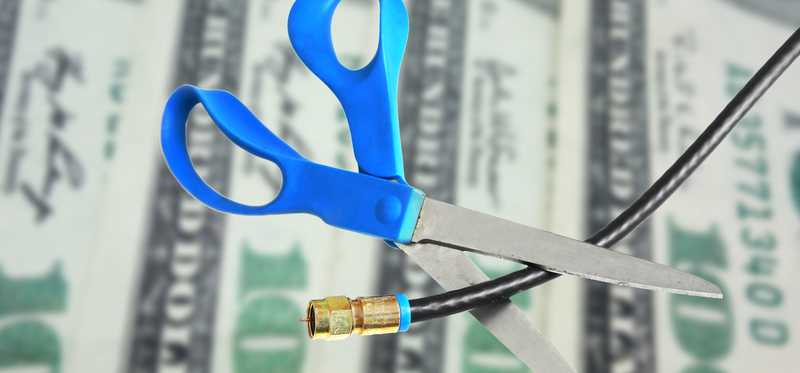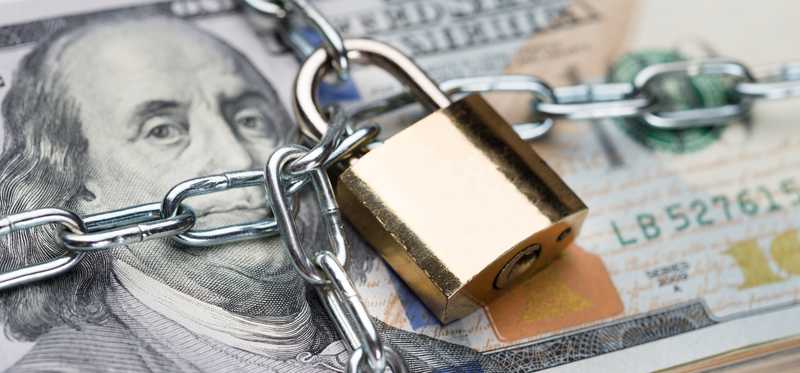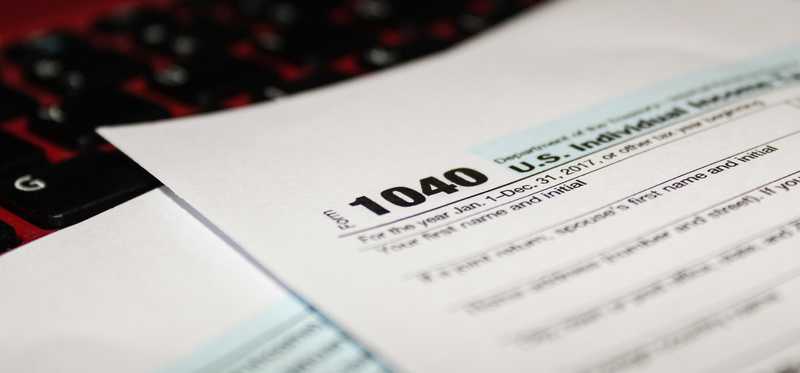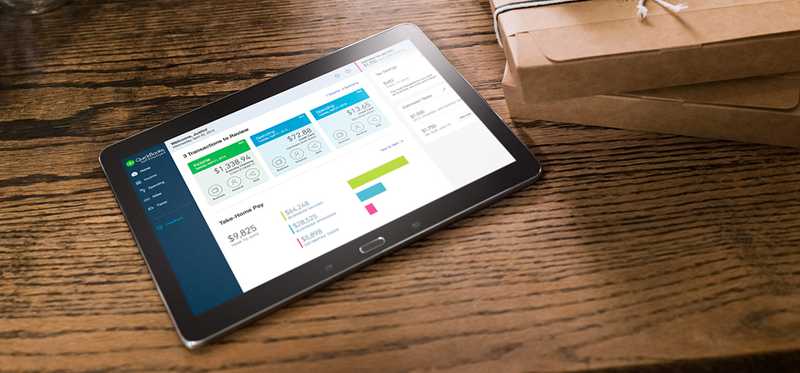15 Easy Ways to Save an Extra $50 a Week

15 Easy Ways to Save an Extra $50 a Week
Saving an extra $50 a week is within your reach
Have you ever wanted to save more money? Most people do, but pocketing extra cash can seem like an impossibility -- especially if you find yourself with nothing left in your bank account at the end of the week or the end of the month.
The good news is, it doesn't have to be difficult to supercharge your savings. In fact, there are a bunch of small changes you could make that would help you save an average of around $50 extra per week. That's $2,600 per year!
Not sure where to start to find more money to save? Try out these 15 tips that will make saving an extra $50 weekly seem doable.
Previous
Next

1. Cut out subscriptions and services you no longer use
Are you still paying for cable TV, even with all the streaming options out there? Do you have a gym membership although you haven't hit the treadmill in two months? Are you wasting money because you never cancelled that Apple Music trial even though you always use Spotify?
Chances are good you're paying for at least one service or subscription you aren't using. These services can cost you. Average spending on gym memberships and workout programs alone is around $50 monthly, while cable and satellite bills top $100 monthly.
If you can cancel these services, get your exercise at home or opt for a cheaper streaming service, you should easily be able to keep an extra $50 a week for other goals.
Previous
Next

2. Pick up a side gig
The opportunities for side gigs today are better than ever. You could drive for a ride sharing service for a few hours, walk dogs for owners who are out of town, babysit a neighbor's kid, pick up some virtual assistant work or do an almost endless array of tasks to bring in extra money.
If you can earn just $10 an hour with a side hustle, working an extra five hours a week -- one night after work or half a Saturday -- could easily give you an extra $50 weekly to save.
As a bonus, earning non-wage income opens up the door to take certain tax breaks that only small business owners are eligible for. So you may be able to save even more by exploring side hustles that are a good fit.
ALSO READ: Have a Side Hustle? Here's What You Need to Know About Filing Your Taxes
Previous
Next

3. Bank your raises
Average salary increase budgets are projected to be around 2.9% for 2019. With median household incomes above $60,000, a 3% raise would net you an extra $1,800 a year.
While this is only around $35 a week, saving your raise would still get you more than halfway towards hitting your $50 weekly goal. And if you saved your raise two years running, you'd be above that target number.
For far too many people, raises don't actually make much of a difference in their quality of life. The extra income is eaten up as expenses expand to match the money coming in and soon you won't even notice you're earning more.
But if you divert the extra cash automatically to savings before you ever get used to having the extra money, it can help you secure your future -- and you'll never miss the money since you won't get used to having it.
Previous
Next

4. Pay yourself first
Chances are good that when you have bills to pay, you make sure those obligations are met before you spend money on anything else. So why not making "savings" a bill you have to pay?
You can do this by automating transfers of $50 a week -- or more -- when your paycheck comes. Or if your paycheck comes biweekly, you can automate a transfer of $100 or more to savings.
By making "savings" something that must be paid and prioritizing this payment above any optional spending, you're much more likely to actually save every week. You won't be tempted to do other things with your money because you simply won't have the option -- the money will be gone just as if you'd sent it to a creditor.
Previous
Next

5. Cut your car payment
According to Experian, the average monthly payment for auto loans on new vehicles is up to $545 while the average monthly cost of a used vehicle loan is just $387.
Paying almost $550 per month for a car is sure to cripple your efforts to fulfill other financial goals. Instead, why not opt to buy a used car that's priced a little below average. You'll easily be able to pocket an extra $50 a week in savings -- especially considering auto insurance typically costs less on used vehicles rather than new ones.
Sure your wheels may not be as fancy as your neighbor's, but your savings account will likely be bigger and that will help you out a lot more in the long-run.
Previous
Next

6. Align your insurance coverage to your needs
Having insurance is important. But having too much insurance can be unnecessarily expensive. Unfortunately, this is a mistake far too many people are making. In fact, one study found many employees overpaid by as much as 24% for health insurance because they chose the wrong plan.
You may also be overpaying for auto insurance if you're still paying for collision coverage on an old beater that isn't worth anything or if you've cut the miles you drive and haven't alerted your insurer.
Or you may be overpaying for coverage if you've chosen a really low deductible or you have a whole life policy when a term life policy would actually be better suited to your situation.
To make sure you don't pay more for insurance coverage than you require, make sure your policies are aligned to your needs. Get enough coverage to protect your assets, but weigh the costs and benefits before securing more comprehensive coverage.
Previous
Next

7. Refinance your debt to a lower interest rate -- or pay it off
If you're in a lot of debt -- especially credit card or other high-interest debt -- chances are good you're wasting way more than $50 per week on interest.
Paying off your debt ASAP is ideal if you find yourself owing money. The average household that carries a credit card balance owes more than $16,000. If your card charges an 18% interest rate, this debt would come at a monthly interest cost of more than $240.
Making a debt payoff plan to become debt free ASAP would leave you with a lot of extra money for other goals. But if you can't pay off your debt right away, you could also consider refinancing.
Most types of debt can be refinanced, including mortgage loans, auto loans, and credit card debt. If you can significantly reduce your rate, you can both save money on interest now and make debt payoff easier so you can become debt free and save much more money later.
Previous
Next

8. Take full advantage of tax deductions for savings
In 2019, you can contribute up to $19,000 to a workplace 401(k). If you're over 50, you can make an additional catch-up contribution of $6,000. Depending on income and whether you or a spouse is covered by a retirement plan at work, you could potentially also contribute up to $6,000 to an IRA -- and could make an additional $1,000 catch-up contribution if you were over 50.
If you maxed out both a 401(k) and an IRA, this would allow you to save $25,000 annually, assuming you weren't eligible for catch-up contributions. If you're in the 22% tax bracket, a $25,000 contribution would save you $5,500 on your taxes -- well above $50 a week.
Of course, chances are good you can't contribute $25,000 -- but even a $12,000 annual contribution would give you $50 a week in tax savings. While contributing $12,000 may seem like a lot, you can work up to this amount -- and should consider doing so, as that's about 20% of a median $60,000 income, which you may need to save for a comfortable retirement.
Previous
Next

9. Always make use of coupons and promo codes
Coupons and promo codes can help you save money on most purchases you make -- especially if you shop based on what's on sale and you aren't brand loyal.
A family of four with moderate food costs spends around $893.00 per month on groceries in 2019, according to the USDA. That's almost $225 weekly. If you can save 15% on your food budget by clipping coupons and shopping sales, that would get you more than half way to your $50 in weekly savings.
Using promo codes for online shopping, retail stores and dining out, and buying discounted gift cards could help you get the rest of the way to that goal.
The key is, as soon as you save money at the store, you should transfer that money right to your savings account. Many stores print your savings total on the bottom of your receipt so it should be easy to move the money over as soon as you get home.
Previous
Next

10. Look for free entertainment options
Do you meet a friend for coffee or shopping once a week? Do you and your family of four go out to the movies weekly? Chances are good that you're spending well over $50 a week on different forms of entertainment.
While you don't want to cut fun out of your life, there are plenty of free ways to enjoy the company of your loved ones while keeping your money in your wallet.
Consider organizing a potluck instead of eating out with friends, going for a walk in the park instead of meeting for coffee and shopping, or hosting a movie or game night at home. You can also check your local paper for free events, such as concerts in the park, that you can attend.
Once you start looking, chances are good you can find lots of ways to save money while still enjoying interesting recreational activities.
Previous
Next

11. Cut back on eating out
Eating out costs you can average of $12.75 per meal. If you dine out every day at work, skipping those meals out and bringing an inexpensive lunch from home could easily make it possible to save $50 per week or more. Or just skip one dinner out with your family of four and you'll hit your target.
To avoid dining out when you don't need to, make meal plans at the start of the week so food is at the ready. Consider batch cooking, or preparing several meals at once. And when you cook, make an extra portion or two to throw in the freezer for those days you just don't feel like cooking.
When you do eat out, do it mindfully. Only go out when you can enjoy the experience, skip the alcohol or soft drinks at the restaurant, and consider a late lunch to take advantage of bargain prices compared with going out for a more expensive dinner.
ALSO READ: This Is What Americans Regret Spending Money on the Most
Previous
Next

12. Take advantage of apps
Did you know there are apps out there aimed at helping you save more money? In fact you have many options including:
- Acorns, which rounds up your purchases to the nearest dollar and transfers the change to savings.
- Digit, which assesses your bank accounts and automatically transfers an affordable amount to savings.
- Qapital, which allows you to set rules for savings such as rounding up and transferring the change or automatically transferring money to savings when you make certain purchases.
Each of these different apps aims to make saving more effortlessly so you don't have to think about it. But be aware some do charge fees, so consider the cost versus how much you'll save when you decide which apps are right for you.
Previous
Next

13. Create designated savings accounts for different goals
One of the best ways to make sure you hit your savings goal of $50 a week -- or more -- is to be motivated to transfer extra cash to savings and to spend less so you have extra to put aside.
Well, you'll be a lot more motivated if you know what you're saving for and can track your progress towards hitting different savings goals. So instead of just having one big "savings account" or leaving your savings in your regular checking account, create dedicated accounts instead.
You can have a savings account for a vacation fund, an emergency fund, a home-buying fund, or whatever else you want to put aside money for. You can automate transfers to each different account and, as you watch the accounts grow, you're more likely to continue working towards savings.
As extra cash comes in for birthdays, bonuses, rebates, and more, you can also transfer it to the goals you're working towards and watch your balance grow even quicker.
Previous
Next

14. Schedule at least one no-spend day
Chances are you spend lots of money on little stuff every day -- often without thinking about it.
To break this habit, and to find that $50 a week to save, schedule at least one day a week when you don't spend any money on anything at all. Or if you're feeling ambitious, schedule a few.
No-spend days help save money in the moment and also in the long-term by breaking your reliance on reaching for your wallet. After a no-spend day, chances are you'll be more mindful the next day about what you're doing with your dollars. After all, if you didn't need to buy that coffee or vending machine snack yesterday, do you really need it today?
Previous
Next

15. Make saving a game
Saving at least $50 a week can be easy if you look upon it as a fun challenge, rather than as depriving yourself of things you want. Aim to make saving more money a game.
There are lots of different ways you can do this. You could try:
- Paying for everything with a $5 bill, even a cheap purchase of a $1 candy bar. Every time you pay with a $5 bill, pocket the change and put it into a savings jar.
- Challenging your spouse to see who can spend the least over the course of a week or the course of a month.
- Saving every $5 bill you get back in change when you pay with cash.
- Challenge yourself to make delicious dinners for $5 or less
Whatever approach you take, find something challenging that allows you to save money and you'll be surprised how fast your savings account grows.
Previous
Next

Saving $50 a week is definitely possible
As you can see, there are lots of ways to save at least $50 a week. Pick one or two -- or more -- and get started on supercharging your savings goals. When you end the year $2,600 richer, you'll be really glad you made the effort.
Christy Bieber has no position in any of the stocks mentioned. The Motley Fool owns shares of and recommends Apple. The Motley Fool has the following options: long January 2020 $150 calls on Apple and short January 2020 $155 calls on Apple. The Motley Fool has a disclosure policy.
Previous
Next
Invest Smarter with The Motley Fool
Join Over Half a Million Premium Members Receiving…
- New Stock Picks Each Month
- Detailed Analysis of Companies
- Model Portfolios
- Live Streaming During Market Hours
- And Much More
READ MORE
HOW THE MOTLEY FOOL CAN HELP YOU
-
Premium Investing Guidance
Market beating stocks from our award-winning service
-
The Daily Upside Newsletter
Investment news and high-quality insights delivered straight to your inbox
-
Get Started Investing
You can do it. Successful investing in just a few steps
-
Win at Retirement
Secrets and strategies for the post-work life you want.
-
Find a Broker
Find the right brokerage account for you.
-
Listen to our Podcasts
Hear our experts take on stocks, the market, and how to invest.
Premium Investing Services
Invest better with The Motley Fool. Get stock recommendations, portfolio guidance, and more from The Motley Fool's premium services.